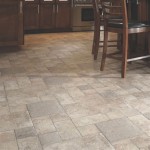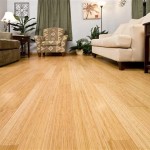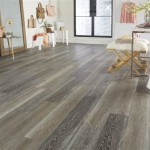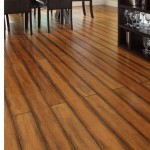Essential Aspects of Wood Used for Flooring and Tool Handles
Selecting the right wood for flooring or tool handles requires considering its durability, appearance, and suitability for the intended application. Here are the essential aspects to keep in mind when choosing wood for these purposes:
Hardness and Durability
The hardness of wood is a crucial factor for both flooring and tool handles. It determines the resistance to wear, scratching, and impact. For flooring, hardwoods such as oak, maple, and hickory are preferred for their exceptional durability, while softer woods like pine and fir are more susceptible to damage.
For tool handles, hardness is equally important, especially for handles that will be subject to heavy use or abuse. Woods like ash, hickory, and oak are commonly used for tool handles due to their strength and resistance to wear.
Appearance and Grain Pattern
The appearance of wood is a subjective preference that varies depending on the desired aesthetic. Different wood species have unique grain patterns, colors, and textures that can enhance the visual appeal of flooring and tool handles.
For flooring, homeowners may choose woods with prominent grain patterns or knots to add character and texture to their space. For tool handles, woods with straight grains are often preferred for their strength and durability.
Moisture Resistance
Moisture resistance is essential for flooring, as exposure to moisture can lead to warping, buckling, or rot. Woods like oak, cherry, and Brazilian walnut have naturally high moisture resistance, making them suitable for areas prone to moisture, such as kitchens or bathrooms.
For tool handles, moisture resistance is important for tools that will be used outdoors or in wet conditions. Woods like ash, hickory, and locust are known for their natural resistance to rot and decay, ensuring the longevity of the tool handle.
Workability
Workability refers to the ease with which wood can be worked, cut, and shaped. For flooring, woods with good workability make installation easier and reduce the likelihood of splintering or cracking.
For tool handles, workability is also important for manufacturers to create handles that are comfortable, ergonomic, and safe to use. Woods like ash, walnut, and maple are known for their excellent workability, allowing for intricate shaping and smooth finishes.
Sustainability
Sustainability is becoming an increasingly important consideration in wood selection. Choosing wood from sustainably managed forests ensures the conservation of our natural resources and minimizes environmental impact.
For both flooring and tool handles, consider woods that are certified by organizations like the Forest Stewardship Council (FSC) or the Sustainable Forestry Initiative (SFI). These certifications guarantee that the wood is harvested from responsibly managed forests that prioritize environmental protection and social responsibility.

Hardwood Axebreaker And Salvage New Zealand
7 Wood Choices For Woodworking Beginners Kaltimber Timber Merchant Flooring

Wood Wikipedia

Hickory Wood Definition Characteristics Uses Lesson Study Com

What To Know About Hickory Wood The Family Handyman

Reclaimed Wood Flooring Wide Plank Elmwood Timber

Tools Supplies And Materials For Installing Laminate Or Vinyl Plank So That S How You Do

Types Of Wood Used In The Construction Industry Uses Grown Cost Chart Homeslibro Blogs On Home Related Solutions

Wr Timbers Species Tallowwood

12 Ways To Use Oscillating Tools For Your Next Diy Project
Related Posts








